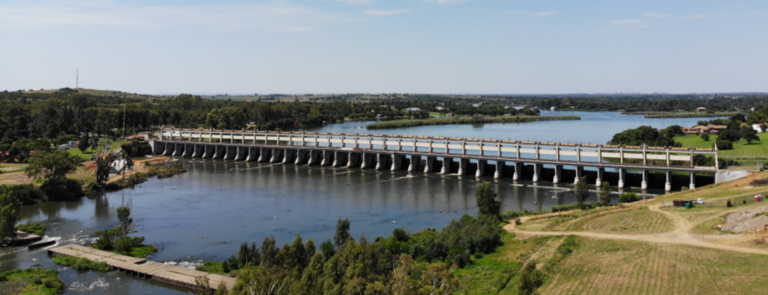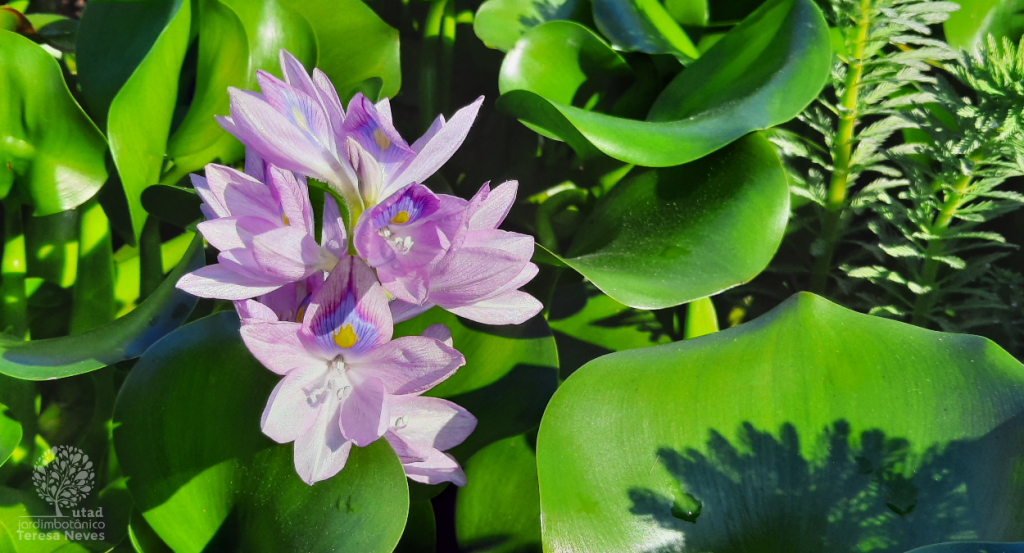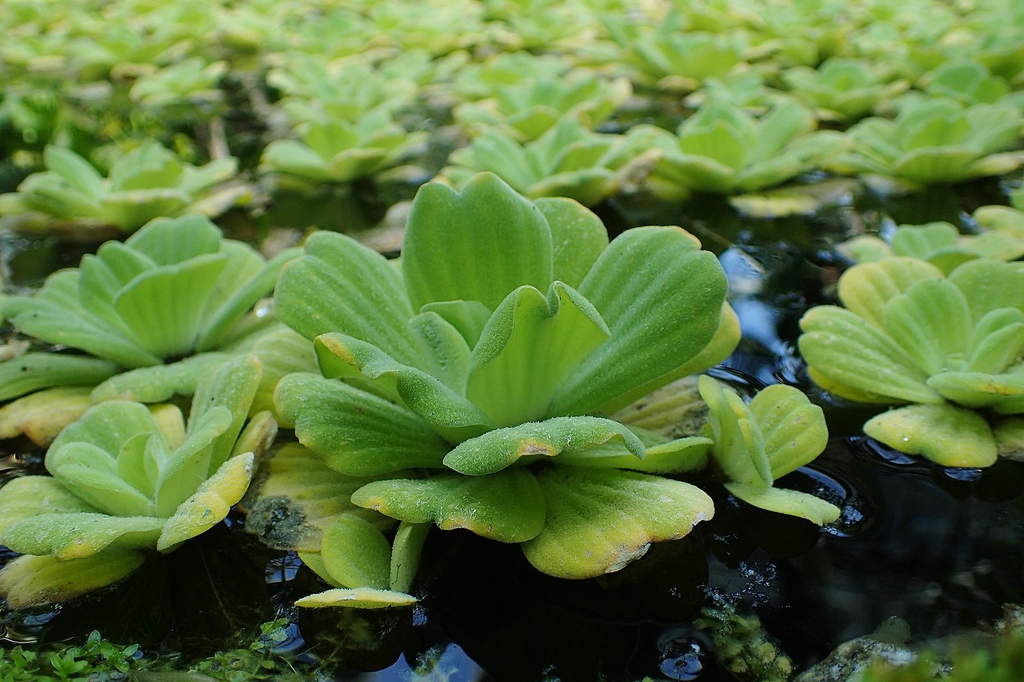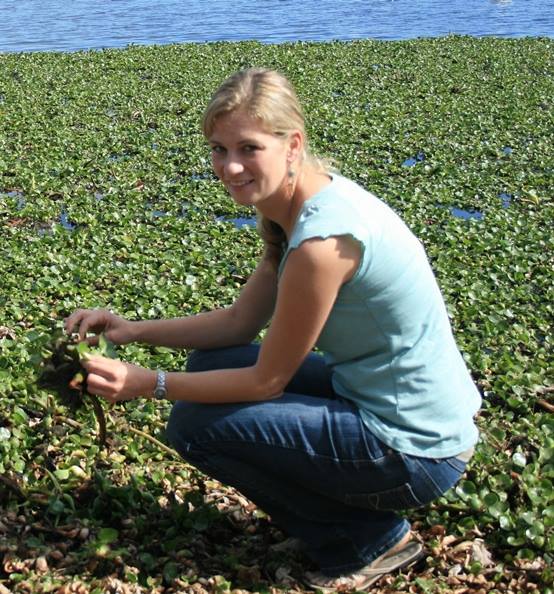
RAND WATER APPOINTS CENTRE FOR BIOLOGICAL CONTROL TO ASSIST WITH BIOCONTROL ON THE VAAL RIVER BARRAGE
The Department of Water and Sanitation (DWS) has appointed Rand Water (RW) as the implementation agent for the integrated control and management of the invasive alien plants (Pontederia crassipes – water hyacinth and Pistia stratiotes – water lettuce) on the Vaal River Barrage Reservoir (VRBR) has partnered and appointed the Centre for Biological Control to assist with biocontrol. Both species of plants are extremely invasive with water hyacinth being more resilient and aggressive than water lettuce. In early 2024 an “explosion” of growth of these two species took place on the VRBR fueled by the “perfect storm”, namely spills of effluent-filled water rich in nutrients, hot summer conditions, and reduced water flows in the system. At the peak of the spread, water surface cover had reached approximately 397 of a total of 940 hectares monitored under the contract.

At the time, due to huge public and local community involvement with physical removal, and probono assistance from the Rhodes University – Centre for Biological Control (CBC), the mass was reduced to less than 100 hectares. Further work was undertaken by RW under the contract from DWS to physically remove further plants over the winter months when the plants are dormant.
Cover is now sitting at less than 2 hectares at the end of spring.

From the start of the project, it was identified that the work would have to be long-term due to the nature of these plants and the seed bank already present in the water. It was also identified that an integrated approach was required to undertake this work. The integrated approach adopted includes the use of various mechanisms: physical removal, chemical spraying, curtaining in the watercourse, and biocontrol agents.
The CBC is the only institution in South Africa equipped with specialist qualified staff, biocontrol agent-rearing facilities, and a network of teams available to provide on-the-ground assistance in the form of advice, implementation support, and long-term monitoring techniques.
As a result, RW has appointed the CBC as a sole-service provider for the upcoming season to assist in all aspects relating to biocontrol and provide support for the project. The CBC team is being led by Prof. Julie Coetzee and Dr Kelby English with additional support from Prof. Martin Hill.

Through the approval of the Department of Forestry Fisheries and Environment (DFFE), four permits have been granted to rear biocontrol agents at the RW Nursery as well as three community sites (the funding for community rearing sites has come directly from the community themselves). All rearing sites are already in full swing with agents being reared for both water lettuce and water hyacinth.
The aim, where possible, is to use biocontrol agents for as much of the control of these two invasive alien plants integrated with physical removal, and where other methods are not working fast enough will approved herbicide applications be used. All biocontrol agents released have been rigorously tested and confirmed to be host-specific before they were approved for release in South Africa. This means the agents solely feed and complete their life cycles on their target host plants.
Four biocontrol agents will be the main focus of the rearing facilities, the water lettuce weevil Neohydronomus affinis, the water hyacinth hopper Megamelus scutellaris, and the water hyacinth weevils Neochetina bruchi and N. eichhorniae. In South Africa, The water lettuce weevil was first released in 1985 and the first water hyacinth agents were released in the 1970s and the most recent in 2013. There are a few other water hyacinth agents namely a moth Niphograpta albiguttalis, a mirid Eccritotarsus catarinensis, and a mite Orthogalumna terebrantis which are not actively reared and released but may find their way into the system naturally as they move to new or different water hyacinth populations across the country. The moth has been found in the Vaal Barrage system and is steadily increasing in abundance.
Biological control is considered the most sustainable method of control, but this method does require continuous monitoring and technical support. Due to the very nature of these invasive alien plants, the Vaal Barrage system will need to be carefully managed for many years to ensure the population is reduced and controlled.